How Do You Bowl on a Green Pitch: Mastering Swing and Seam Movement
Bowling on green pitches has its own mystique. Did you know that green pitches can amplify swing by as much as 20% compared to dry surfaces? This makes them a bowler’s dream—but only if you understand their quirks.
How do you bowl on a green pitch? It’s more than just releasing the ball; it’s about mastering techniques like seam control, wrist positioning, and adapting to unpredictable conditions.
Whether you’re aiming to swing the ball sharply or extract lethal bounce, the secrets to green-pitch success lie in strategy and skill refinement. Ready to take charge and dominate on these challenging surfaces? Let’s dive in!
Master Green Pitch Bowling: 5 Game-Changing Techniques
Green pitches offer exciting opportunities for fast bowlers to dominate the game. Below, we’ll explore the essential techniques that can transform you into a lethal bowler on green surfaces.
Whether you’re a beginner or an experienced player, these methods will help you maximize the advantages of bowling on green pitches.
1. Perfect Your Grip: The Foundation of Control
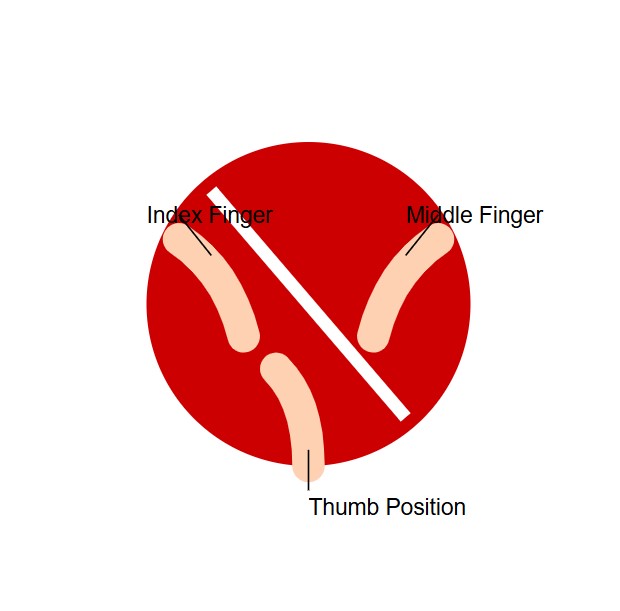
The secret to mastering green-pitch bowling lies in your grip. A proper seam grip is non-negotiable for achieving maximum movement off the surface. Here’s how to modify your grip for green conditions:
- Traditional Fast Bowler’s Grip:
- Position your index and middle fingers on either side of the seam
- Keep them approximately 2cm apart for optimal control
- Ensure your thumb rests on the opposite side, forming a tripod
- Green Pitch Adaptation:
- Slightly tighten your grip compared to dry conditions
- Keep fingers closer to the seam for enhanced control
- Maintain a 70-30 pressure distribution between fingers and thumb
💡 Pro Tip: In damp conditions, carry a grip powder or towel to maintain consistent grip pressure throughout your spell.
2. Master the Seam Position: Your Weapon of Choice
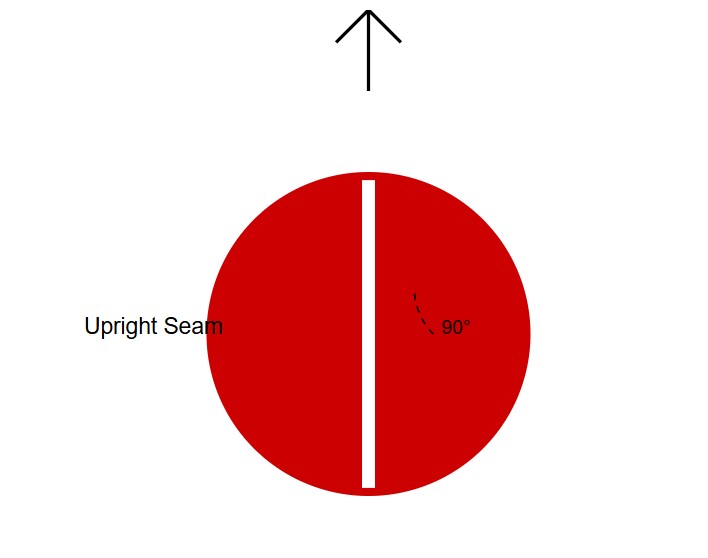
The art of seam positioning can make or break your bowling effectiveness. Follow these step-by-step techniques:
Upright Seam Technique
- Hold the ball with the seam perfectly vertical
- Align the seam with your target line
- Maintain this position throughout your delivery stride
- Focus on keeping your wrist behind the ball
Wobble Seam Variation
- Tilt the seam slightly (about 10-15 degrees)
- Release with a slightly scrambled seam
- Let the pitch do the work
- Perfect for uncertain green surfaces
3. Wrist Position: The Power Behind the Movement
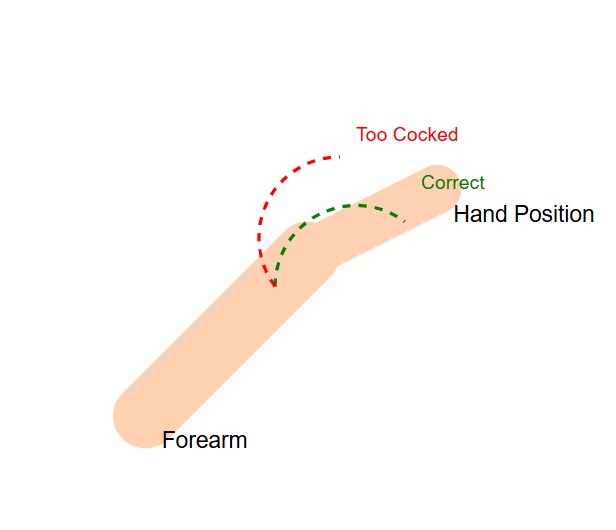
Your wrist position is crucial for generating both swing and seam movement. Here’s how to optimize it:
For Outswing
- Keep your wrist straight and rigid
- Position it directly behind the ball
- Maintain wrist position through release
- Follow through towards first slip
For Inswing
- Cock your wrist slightly towards fine leg
- Keep fingers pointing downward
- Release with a strong wrist position
- Follow through across your body
4. Perfect Your Release: Timing is Everything
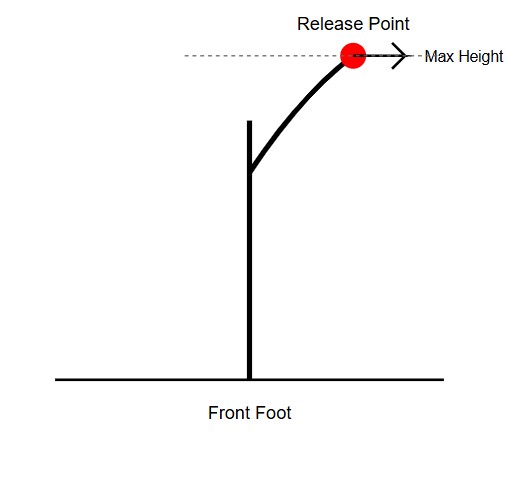
The release point can make the difference between a good ball and an unplayable delivery. Master these adjustments:
Green Pitch Release Mechanics
- Release the ball from maximum height possible
- Keep your action upright and balanced
- Focus on a high-arm action
- Maintain a straight line of delivery
Common Release Point Errors to Avoid
- Dropping your arm at release
- Releasing too early or late
- Breaking your wrist position
- Falling away in delivery stride
5. Speed Variations: The Art of Deception
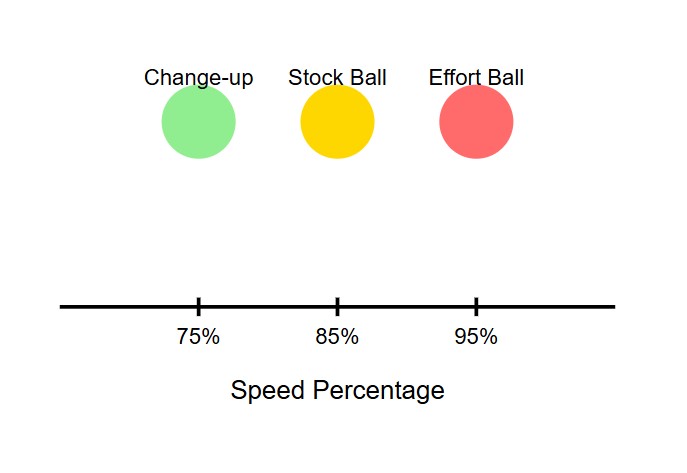
Learning to vary your pace on green pitches is a lethal skill. Here’s how to master it:
Speed Categories
- Stock Ball: 85-90% of your max effort
- Your go-to delivery
- Consistent seam position
- Maximum control
- Effort Ball: 95-100% of your max effort
- Use sparingly
- Perfect for surprise factor
- Ideal for set batsmen
- Change-up: 75-80% of your max effort
- Deceives through pace variation
- Maintains same action
- Great for creating doubt
💡 Pro Tip: Practice these variations regularly in nets with a focus on maintaining the same action regardless of speed.
Practice Drills for Mastery
To perfect these techniques, incorporate these drills into your practice routine:
- Single Stump Bowling
- Focus on seam position
- Practice for 20 minutes daily
- Aim for consistent landing area
- Target Practice
- Set up markers for length
- Work on accuracy
- Combine with speed variations
- Mirror Practice
- Check grip and wrist position
- Practice action without ball
- Build muscle memory
Remember, mastery comes through consistent practice and application. Focus on one technique at a time and gradually combine them as you gain confidence. Green pitches can be your best friend if you learn to utilize these techniques effectively.
Master Field Placements on Green Pitches: The Ultimate Attack Strategy
Green pitches offer bowlers a golden opportunity to dominate the game, but without the right field placements, even the best deliveries might go unrewarded. Let’s dive into the art of strategic field placement that can transform good bowling into match-winning spells.
Why Field Placement is Your Secret Weapon
On green pitches, the ball does more work – but are your fielders in the right positions to capitalize? Your field placement strategy can be the difference between a play-and-miss and a crucial wicket. Here’s why it matters:
- Enhanced Catch Probability: Green pitches generate more edges, making proper slip cordons essential
- Psychological Advantage: Well-set fields create pressure on batsmen
- Optimized Resource Usage: Every fielder becomes a strategic asset
The Perfect Slip Cordon: Your First Line of Attack
A well-structured slip cordon is non-negotiable on green pitches. Here’s how to perfect it:
Basic Setup
- First Slip: Slightly wider than usual, anticipating extra movement
- Second Slip: Closer to first slip, reducing gaps
- Third Slip: Slightly straighter, ready for the late edge
- Gully: Finer than normal, especially for right-hand batsmen
💡 Pro Tip: Keep your slip fielders slightly closer to each other on green pitches, as edges tend to carry lower and faster.
Dynamic Field Adjustments for Different Batsmen
For Right-Handed Batsmen
- Strong Off-Side Players:
- Add a fourth slip
- Position gully slightly wider
- Consider a floating short cover
- Keep fine leg slightly finer for the mistimed hook
- Strong Leg-Side Players:
- Include a leg slip
- Position mid-wicket straighter
- Keep backward square leg deeper
- Add a short leg for the close catch
For Left-Handed Batsmen
- Key Positions:
- Wider slip cordon
- Gully slightly squarer
- Third man slightly finer
- Extra cover closer to the pitch
Format-Specific Field Strategies
Test Cricket
- Early Overs:
- 4 slips and a gully
- No mid-off initially
- Backward point saving one
- Focus on catching positions
- Middle Overs:
- 3 slips and a gully
- Mid-off and mid-on up
- Strategic point position
- Flexible leg-side field
One-Day Cricket
- Power Play:
- 3 slips maximum
- Gully or point saving one
- Third man essential
- Fine leg up in the circle
- Middle Overs:
- 2 slips maximum
- More defensive ring field
- Focus on stopping quick singles
- Strategic boundary riders
Advanced Tactics for Maximum Impact
The Moving Cordon
- Adjust slip positions based on:
- Ball age and condition
- Bowler’s pace
- Amount of movement
- Batsman’s technique
Pressure Building Positions
- Close Catching Ring:
- Short leg
- Silly point
- Forward short leg
- Creates psychological pressure
- Defensive-Aggressive Mix:
- Split fields
- Strategic singles prevention
- Calculated risk-taking
Field Placement Checklist
Before starting your spell, ensure:
- Slip cordon is properly spaced
- Catching positions are optimized
- Boundary riders are strategically placed
- Communication system is clear
- Backup positions are identified
Field placement is a dynamic art that requires constant attention and adjustment. The key to success is finding the perfect balance between attacking intent and defensive security. Keep practicing these strategies, and you’ll maximize your bowling effectiveness on green pitches.
Conquer Green Pitch Challenges: Pro Solutions for Every Fast Bowler
Even on green pitches that seem like a fast bowler’s paradise, unexpected challenges can turn your advantage into a struggle. Below, we help you to identify, understand, and overcome common challenges on green pitches.
Tackling Excessive Movement That Leads to Wides
Green pitches often generate excessive seam and swing movement, which can make control difficult. Misjudged lines result in wasted deliveries and leaked runs.
- Problem: Balls that swing too wide become easy leaves for the batsman, giving them time to settle.
- Solution:
- Focus on a Stable Seam Position: Keep your wrist behind the ball to control movement.
- Adjust Your Line: Aim closer to the stumps to compensate for the exaggerated swing.
- Reduce Effort: Bowling slightly slower can reduce wild movement and improve accuracy.
💡 Pro Tip: Use practice sessions to test different swing levels and understand your natural movement.
Adjusting When the Pitch Dries Out and Becomes Less Green
Green pitches lose their bite as the match progresses, with drying conditions reducing seam and swing assistance.
- Problem: Your deliveries that worked early on may become ineffective as the pitch flattens.
- Solution:
- Change Your Length: Move from a full length to a back-of-a-length delivery to extract bounce.
- Use Variations: Introduce slower balls, cutters, or wobble seam deliveries to create uncertainty.
- Adapt to Reverse Swing: If the ball becomes old and scuffed, focus on reverse swing by shining one side consistently.
💡 Pro Tip: Monitor the pitch closely throughout the game and adjust your strategy every session.
Dealing with Batsmen Who Adapt Quickly to Conditions
Skilled batsmen can read the pitch and adjust their techniques, neutralizing your bowling advantage.
- Problem: Batsmen who play late or leave deliveries confidently can frustrate bowlers and shift momentum.
- Solution:
- Change Angles: Use the crease creatively—bowl from wide or close to the stumps to change the angle.
- Mix Up Deliveries: Use slower balls, bouncers, and yorkers to disrupt rhythm.
- Set Traps: Lure the batsman into false shots with tempting deliveries, like wide full balls with catchers in place.
💡 Pro Tip: Study the batsman’s patterns and weaknesses, and adapt your plan after each over.
Bowling on green pitches requires not just skill but also adaptability. Anticipate changes, stay alert to evolving conditions, and keep experimenting with your approach. By staying one step ahead of the batsman and pitch, you’ll maintain control and turn challenges into opportunities.
Perfect Your Bowling and Dominate the Green Surface
Bowling on a green pitch offers unique opportunities, but it demands precision, adaptability, and smart strategies. By mastering grip techniques, seam positioning, wrist angles, and field placements, you can turn challenging conditions to your advantage. Stay alert to pitch changes, refine your variations, and consistently practice to elevate your skills. Every delivery on a green pitch is a chance to outsmart the batsman and dominate the game.
Visit Cricket Corner for the latest ICC events, bilateral series updates, and T20 league insights, ensuring you’re always in the game, both on and off the field.






